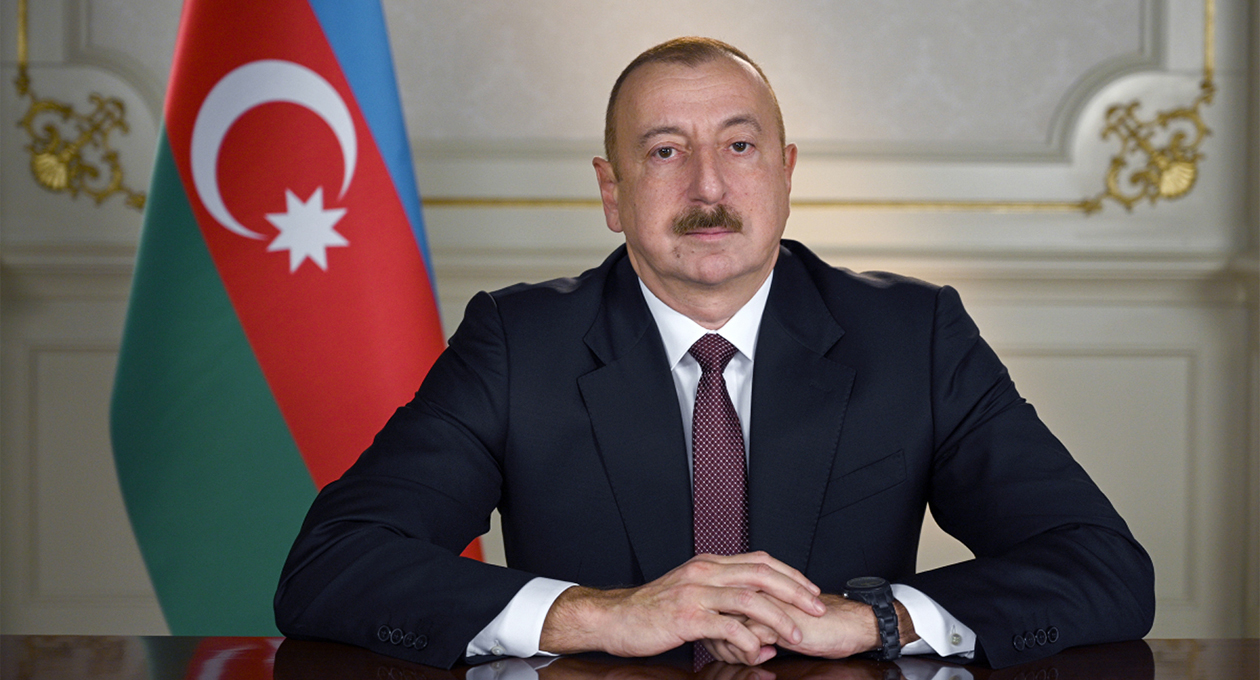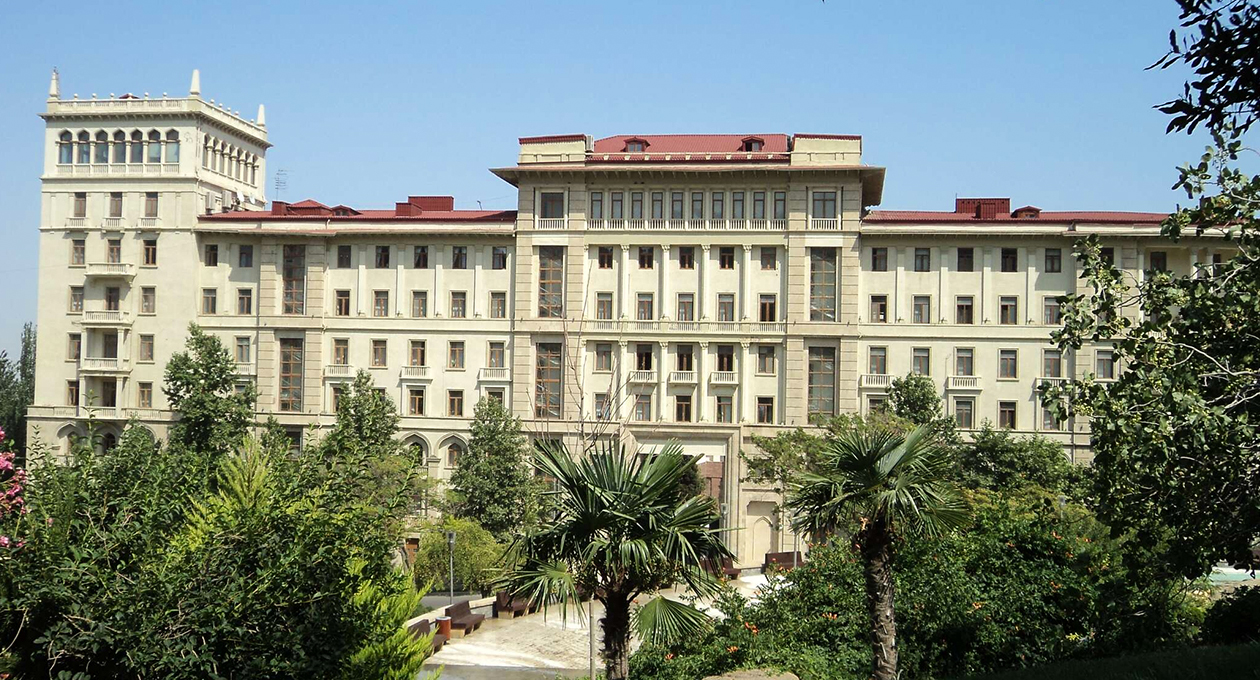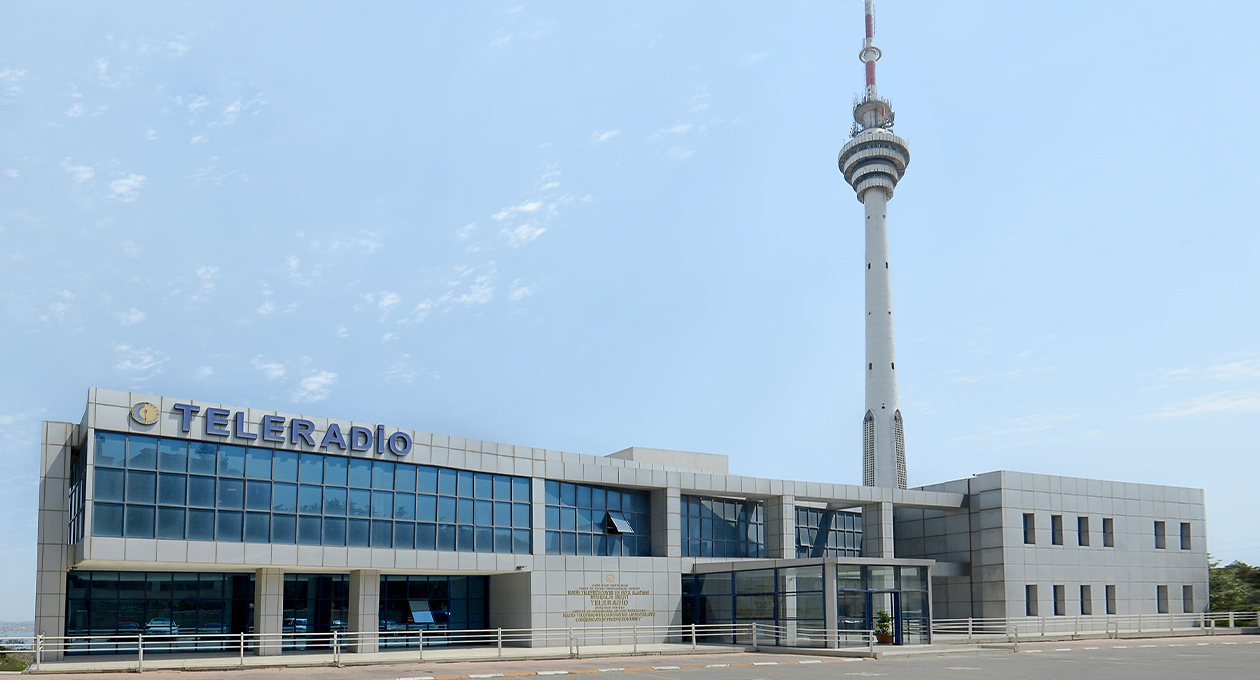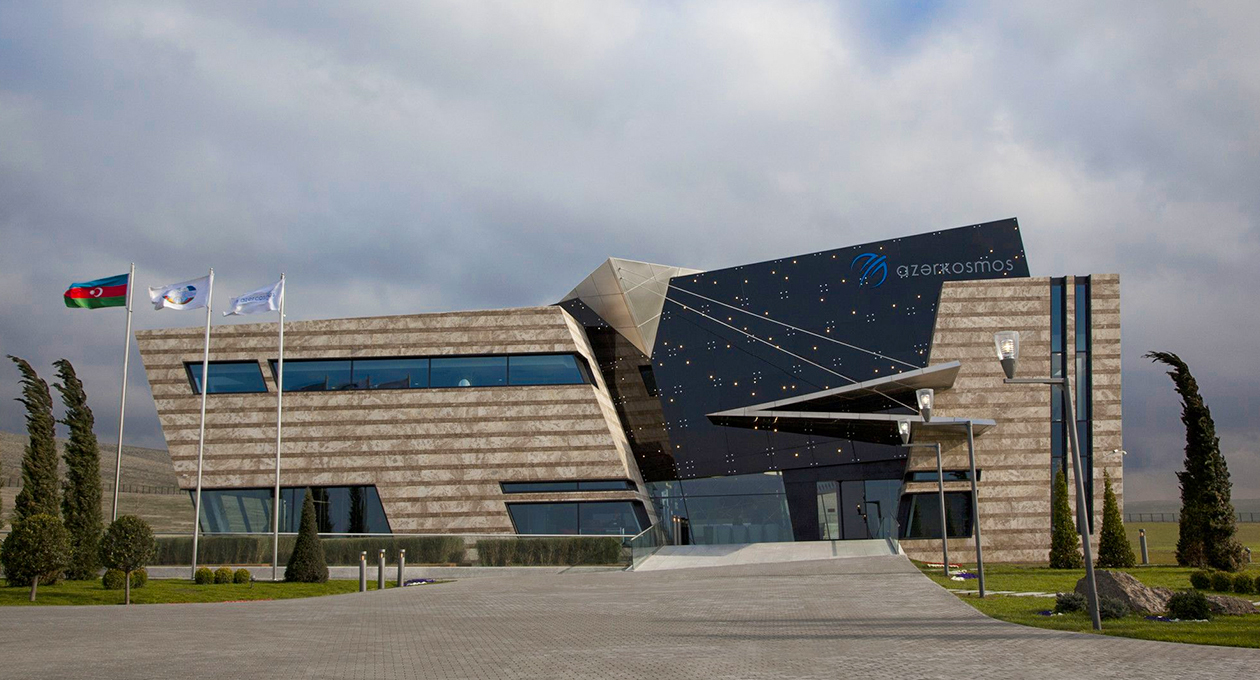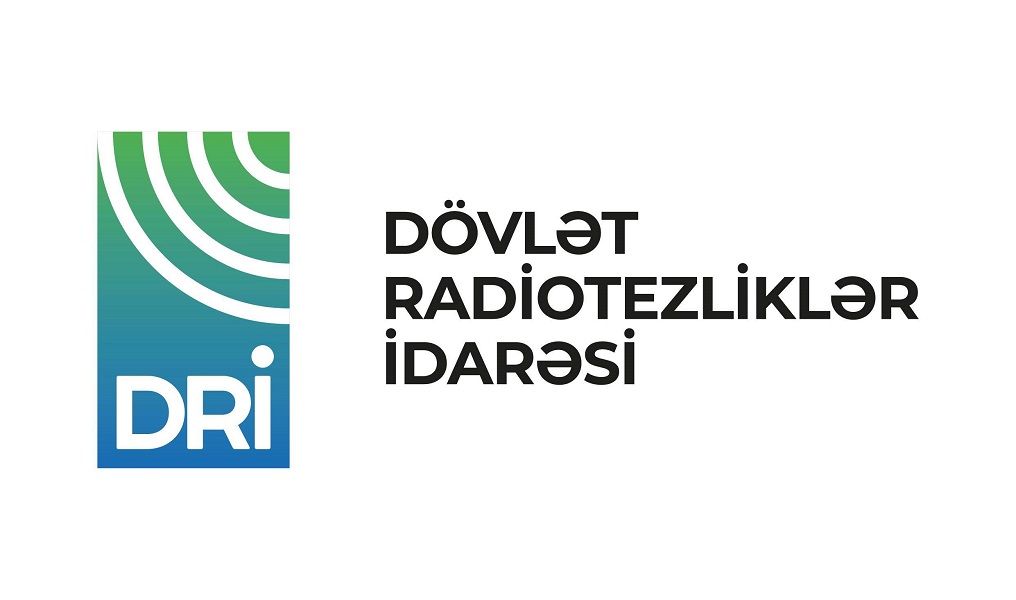Audiovisual industry of Azerbaijan: current status, forecasts and tasks.
There are more than 120 entities in the audiovisual industry of Azerbaijan and their distribution by areas of activity is as follows:
-
Television - 25 television channels
-
Radio - 16 radio channels
-
Advertising sector - 15 active advertising agencies
-
Independent audiovisual producers – 14 producers,s groups working in the field of television, as well as producing content for radio programs and Internet users
-
Paid television service - 49 licensed operators
General statistics, economic situation of industrial entities, data on television viewing
As of April 2020, more than 7,500 employees were involved in the audiovisual industry of Azerbaijan. About 4,800 people are television employees, more than 2,000 people are employees of paid TV operators, and about 400 people work in the radio industry.
About 600 employees working in the field of television and radio live and work in the regions.
As in previous years, the state and the private sector continue to provide substantial support to television channels of a predominantly educational and informational aspect, as well as to regional television channels.
The activity of four television channels is carried out exclusively from the sale of commercial advertising, the activities of two more channels depend partly on commercial income.
The total volume of subsidies allocated for the financing of television and radio channels in 2019 amounted to 76 million manats, of which about 20 million manats came from subsidies from commercial entities.
As a result of the commercial activities of television and radio channels, a total of 31 million manats was earned, of which 26 million manats fell to television advertising and 5 million manats to radio advertising. The total income from the commercial activities of all television channels and radio stations amounted to 31 million manats, of which 26 million manats accounted for television advertising, 5 million manats for radio advertising.
In 2019 four companies managed to attract more than 2 million manats from advertising. At the same time, advertising revenues of these companies accounted for 80% of the total television and radio advertising market.
During 2019, production groups attracted 7,800,000 manat from television channels, of which 7,450,000 manat (more than 95%) were spent on serial production. At the same time, 90% of the amount spent on the production of local series was attracted by 3 private TV channels that did not receive subsidies from the state or commercial structures.
The largest annual expenses of television and radio channels include the maintenance of the state (about 50 million manats), as well as the cost of providing terrestrial and satellite broadcasting services (about 17 million manats).
Representative of AGB Nielson Media Research international company operates in Azerbaijan. Audience measurements are mainly based on monitoring of television viewing activities in 180 families with cable television subscriptions.
This indicator has a negative impact on the quality of measurements in Azerbaijan, as it is significantly lower than the mandatory minimum (400-500 households) for countries with the comparable population. It should be noted that according to the recommendations of international audit companies, the optimal number for high-quality television measurements in countries with populations comparable to Azerbaijan is a panel covering 800-1000 households.
Nevertheless, the available number of households allows an overall assessment of television viewing during long-term monitoring.
Thus, in 2019 in time interval from 7 am to midnight, TV viewing was 3 hours and 46 minutes, which is comparable to the global television viewing rates.
TV channels (ATV, Khazar, ARB, Space, ITV, Real, Lider) which were measured in 2019, were viewed 2 hours and 14 minutes. and 1 hour and 32 minutes foreign TV channels and local channels not measured by the agency were watched.
About 300,000 families or 12% of the country's population are consumers of paid TV services. About 80% of the country's population receives a television signal via satellite, from 8 to 10% of the population receives a television signal via home antennas (terrestrial broadcasting).
Current problems of the audiovisual industry of Azerbaijan
More detailed analysis of the situation associated with the entities in the audiovisual industry in Azerbaijan shows that the pace of development of this sphere does not coincide with the general pace of socio-economic progress recently observed in Azerbaijan.
One of the serious factors hindering the development of the industry is the outdated legislative framework, the work on updating of which is one of the main tasks of the National Television and Radio Council (NTRC) for 2020.
The lack of high-quality measurements of television ratings and the complete absence of mechanisms for measuring of radio station's popularity also negatively affect the development of the industry.
The volume of the country's advertising market recorded in 2019 is incomparably small in relation to the level of consumption in Azerbaijan and significantly lower than in countries with comparable consumer markets.
At the same time, the decline in the economic activity of the population as a result of Covid-19 pandemic gives reason to predict in 2020 losses in the TV and radio advertising market from 15 to 30 percent, depending on the duration of the quarantine measures.
There is a slight decrease in the subscriber base in the paid television services sector. The main reasons for this are the widespread availability of free viewing of foreign channels via satellite, the activity of illegal providers of paid television services due to incomplete regulation of the area, and in some cases technical problems created by housing cooperatives (HCCs).
The least developed segment of the industry is the production of television content by independent production groups, with the exception of serial production. The main reason for the weak development of the sector is the long-standing negative practice as the acquisition of airtime by production groups.
As a result of economic reforms in 2018-2020, the legalization of labor relations between employees and companies, as well as commercial income, is a positive trend observed in the industry in 2019-2020.
Solving of the above-mentioned problems requires an operational, comprehensive and professional approach based on the study of the positive experience of sector development in countries that can be demographically and socio-economically comparable to Azerbaijan. At the same time, the application of international experience must be carried out in a phased manner, with the support of the state and taking into account local specifics.
The National Television and Radio Council is working hard to solve these problems in order to achieve sustainable development of the audiovisual industry in Azerbaijan




